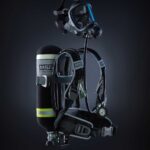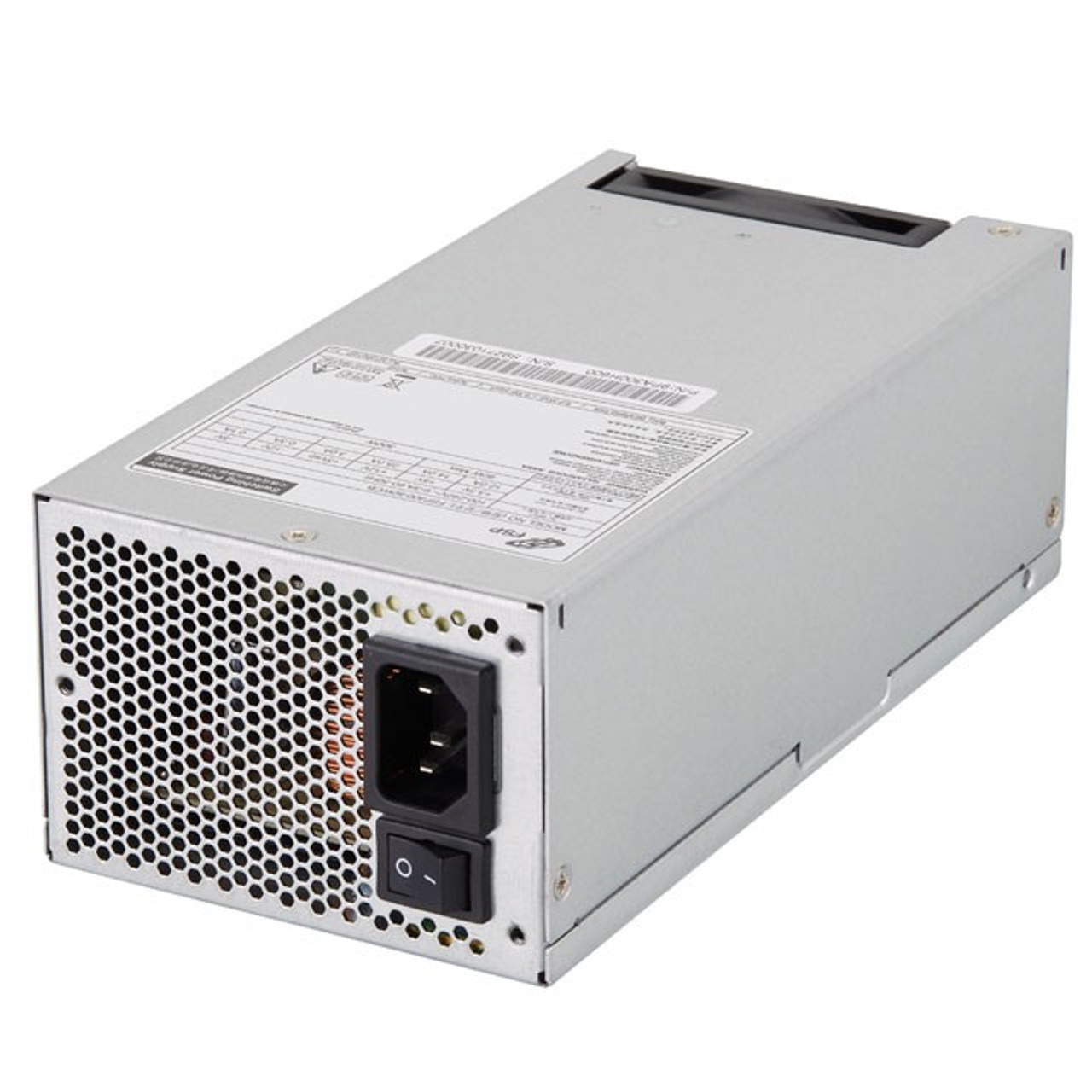When it comes to IT hardware, one of the most crucial yet often overlooked components is the power supply. A power supply unit (PSU) is responsible for converting electrical energy into a form that can be used by computer hardware. Whether it’s a personal computer, a data center server, or an industrial workstation, power supplies are essential to ensure stable and efficient operation.
What is a Power Supply?
A power supply, or PSU, is a device that converts alternating current (AC) from a wall outlet into direct current (DC) that can be used by internal power devices within a computer or electronic system. It ensures that all hardware components receive the correct voltage and power levels to function safely and efficiently.
Modern power supplies are equipped with features like power efficiency ratings, modular cabling, and protective mechanisms to prevent damage from power surges or overheating. Selecting the right power supply is critical for maintaining a system’s longevity and performance.
The Role of Power Supplies in IT Hardware
In the world of computer hardware, the power supply serves as the foundation that keeps all components operational. Without a reliable PSU, even the most advanced processors, graphics cards, and storage devices would fail to function properly. Some key roles of power supplies include:
- Providing Stable Power: A high-quality PSU delivers consistent power to all system components, preventing fluctuations that could cause crashes or damage.
- Protecting Hardware: Many modern PSUs come with overvoltage, overcurrent, and short-circuit protections, safeguarding the entire system from electrical hazards.
- Enhancing Energy Efficiency: Certified power supplies, such as those with an 80 Plus rating, reduce energy waste and improve overall system efficiency.
- Supporting High-Performance Components: High-end gaming rigs and workstations require robust power supplies capable of handling multiple GPUs, high-wattage CPUs, and additional peripherals.
Types of Power Supplies in Computer Hardware
Power supplies come in various types, each designed for specific applications. Some of the most common include:
- ATX Power Supplies: The most commonly used PSU format in desktop computers, supporting standard ATX motherboards and components.
- SFX Power Supplies: A smaller version of the ATX PSU, designed for compact systems and mini-ITX builds.
- Redundant Power Supplies: Found in enterprise and data center environments, these PSUs provide failover capabilities to prevent downtime.
- Modular Power Supplies: Offer detachable cables, reducing clutter and improving airflow inside computer cases.
- Uninterruptible Power Supplies (UPS): A backup power solution that provides temporary electricity during outages, preventing data loss and system crashes.
Key Considerations When Choosing a Power Supply
When selecting a power supply for your system, consider the following factors:
- Wattage Requirements: Ensure the PSU provides enough power for all components, with room for future upgrades.
- Efficiency Rating: Look for an 80 Plus-certified PSU for better energy efficiency and reduced heat output.
- Connectors and Compatibility: Make sure the PSU has the necessary connectors for your motherboard, GPU, and storage devices.
- Build Quality: A well-built PSU with high-quality capacitors and cooling solutions ensures longevity and stability.
- Brand Reputation: Trusted brands with strong warranties provide peace of mind regarding reliability and performance.
The Future of Power Supplies in IT Hardware
As IT hardware continues to evolve, power supplies are also advancing to meet the increasing demands of modern technology. Some key trends shaping the future of power supplies include:
- Higher Efficiency Standards: New power supply models are being designed with better efficiency ratings to minimize power wastage and environmental impact.
- Smart Power Management: AI-driven power supplies can dynamically adjust power distribution based on system workload.
- Renewable Energy Integration: The development of eco-friendly PSUs that incorporate solar or alternative energy sources.
- Compact and Modular Designs: Smaller, more efficient PSUs that cater to space-saving builds without compromising performance.
Conclusion
Power supplies are a fundamental component of computer hardware and power devices. They ensure stable, reliable, and efficient operation for all system components, making them indispensable for personal and enterprise computing. Whether you are building a gaming PC, setting up a server, or upgrading a workstation, choosing the right power supply is crucial for achieving optimal performance and longevity.
As technology advances, power supplies will continue to evolve, incorporating new features that enhance efficiency, reliability, and sustainability. Understanding their role in IT hardware helps users make informed decisions and ensures their systems operate at peak efficiency.











